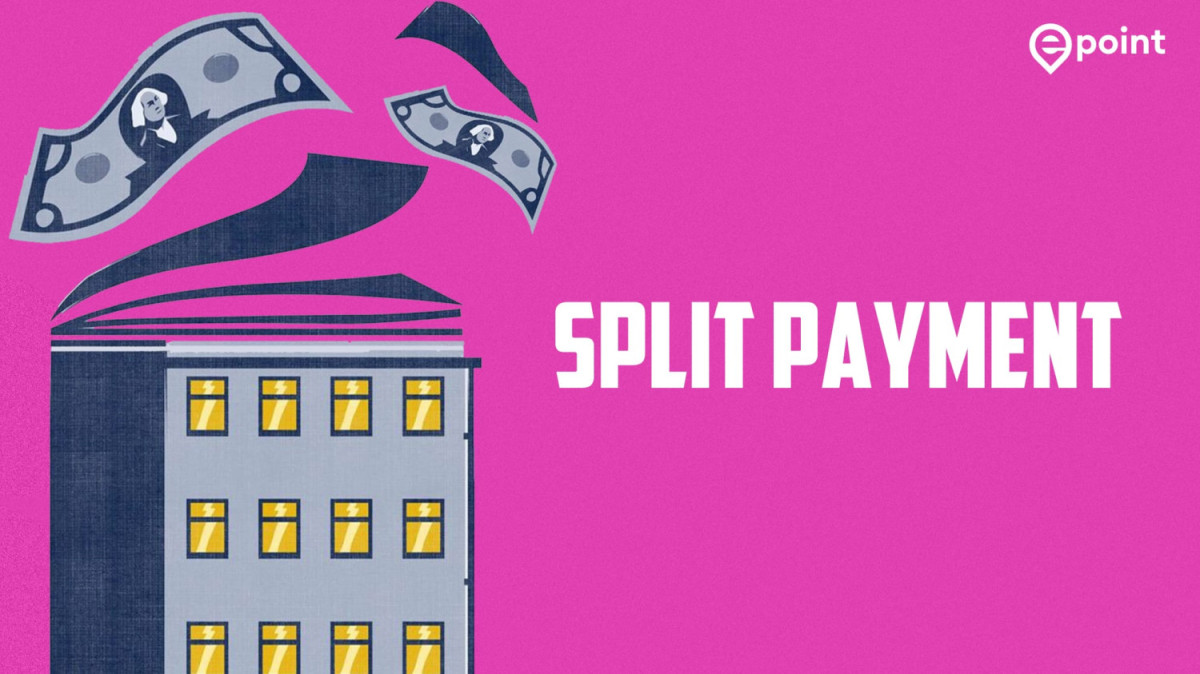

- Products & Services
- Business Pages
- Contacts

Split payment is a payment system in which a single transaction is divided into two or more payments that are credited to different accounts. It is a solution that allows multiple businesses to collaborate on a single payment, while at the same time ensuring transparency and accuracy.
How Does Split Payment Work?
Split payment is a process in which a customer pays for a product or service to a primary merchant, and the payment is automatically divided between the primary merchant and one or more secondary merchants. For example, a customer may purchase a product from a primary merchant who sources their inventory from multiple suppliers. In this case, the payment would be automatically split between the primary merchant and the suppliers who provided the inventory. Split payment can be implemented in several ways. One method is to use a payment gateway that is capable of automatically splitting the payment. Another method is to use a payment processor that can handle multiple transactions simultaneously. The payment processor splits the payment between the primary and secondary merchants and credits each merchant's account with their respective share of the payment.
Benefits of Split Payment
Split payment offers several benefits to businesses that use it. These benefits include:
1. Improved Cash Flow: Split payment allows businesses to receive their payments faster and more efficiently. This results in improved cash flow and helps businesses to manage their finances more effectively.
2. Reduced Risk: Split payment reduces the risk of payment fraud and chargebacks. Because the payment is split between multiple parties, there is less chance of fraudulent activity or disputes.
3. Increased Transparency: Split payment provides greater transparency in the payment process. Each party involved in the payment can see the amount paid and the breakdown of the payment.
4. Simplified Accounting: Split payment simplifies the accounting process for businesses. The payment processor automatically records the payment and splits it between the primary and secondary merchants, eliminating the need for manual accounting.
5. Improved Customer Experience: Split payment provides a seamless checkout experience for customers. Customers can purchase products or services from multiple businesses in a single transaction, without the need to enter payment information multiple times.
Usage of Split Payment
Split payment is most commonly used in the following scenarios:
1. E-commerce: E-commerce businesses often use split payment to pay their suppliers and partners. Split payment allows them to manage their inventory and finances more efficiently.
2. Marketplace: Marketplaces that connect buyers and sellers may use split payment to facilitate transactions between multiple parties. This ensures that all parties receive their payments in a timely and accurate manner.
3. Subscription Services: Subscription-based businesses may use split payment to manage their payments and revenue sharing. Split payment allows them to automate the payment process and ensure that each party receives their share of the revenue.
Summarizing all of the above split payment is a payment system that offers several benefits to businesses. It improves cash flow, reduces risk, provides transparency, simplifies accounting, and improves the customer experience. It is commonly used in e-commerce, marketplaces, and subscription services to manage payments between multiple parties. As more businesses look for ways to improve their payment processes, split payment is likely to become more widely adopted in the future.